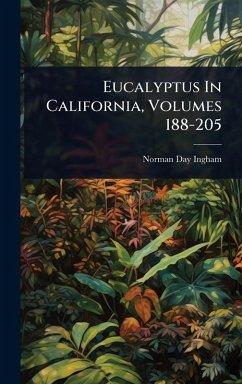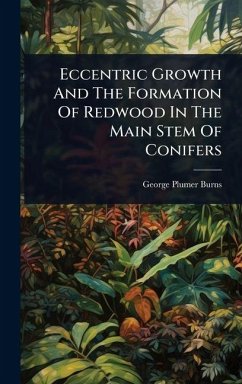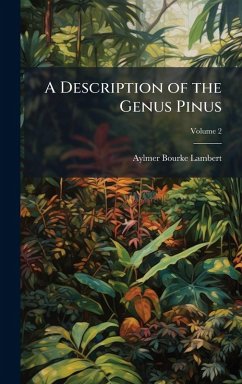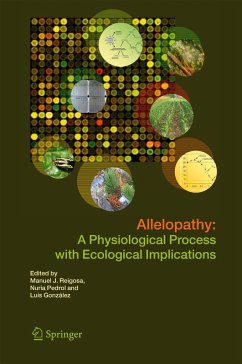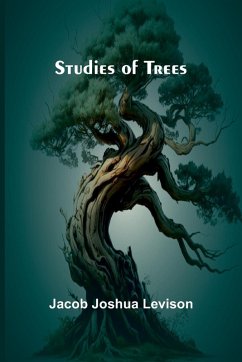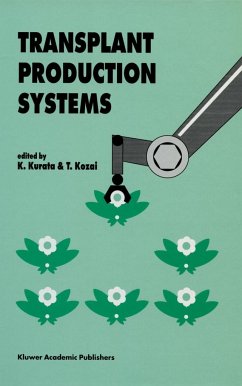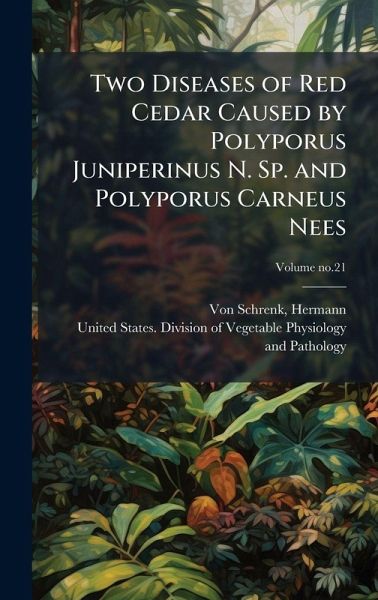
Two Diseases of Red Cedar Caused by Polyporus Juniperinus N. Sp. and Polyporus Carneus Nees
Versandkostenfrei!
Versandfertig in über 4 Wochen
25,99 €
inkl. MwSt.

PAYBACK Punkte
13 °P sammeln!
"Two Diseases of Red Cedar" by Hermann Von Schrenk, originally published in 1900, presents a preliminary report on two distinct diseases affecting red cedar trees. The study focuses on the causative agents, identified as Polyporus juniperinus and Polyporus carneus. This detailed botanical work offers insights into the pathology of these tree diseases. It is valuable for researchers, forestry professionals, and anyone interested in the historical study of plant diseases and the preservation of forest ecosystems. Von Schrenk's early research provides a foundation for understanding the complex in...
"Two Diseases of Red Cedar" by Hermann Von Schrenk, originally published in 1900, presents a preliminary report on two distinct diseases affecting red cedar trees. The study focuses on the causative agents, identified as Polyporus juniperinus and Polyporus carneus. This detailed botanical work offers insights into the pathology of these tree diseases. It is valuable for researchers, forestry professionals, and anyone interested in the historical study of plant diseases and the preservation of forest ecosystems. Von Schrenk's early research provides a foundation for understanding the complex interactions between fungi and trees. This work has been selected by scholars as being culturally important, and is part of the knowledge base of civilization as we know it. This work was reproduced from the original artifact, and remains as true to the original work as possible. Therefore, you will see the original copyright references, library stamps (as most of these works have been housed in our most important libraries around the world), and other notations in the work. This work is in the public domain in the United States of America, and possibly other nations. Within the United States, you may freely copy and distribute this work, as no entity (individual or corporate) has a copyright on the body of the work. As a reproduction of a historical artifact, this work may contain missing or blurred pages, poor pictures, errant marks, etc. Scholars believe, and we concur, that this work is important enough to be preserved, reproduced, and made generally available to the public. We appreciate your support of the preservation process, and thank you for being an important part of keeping this knowledge alive and relevant.



